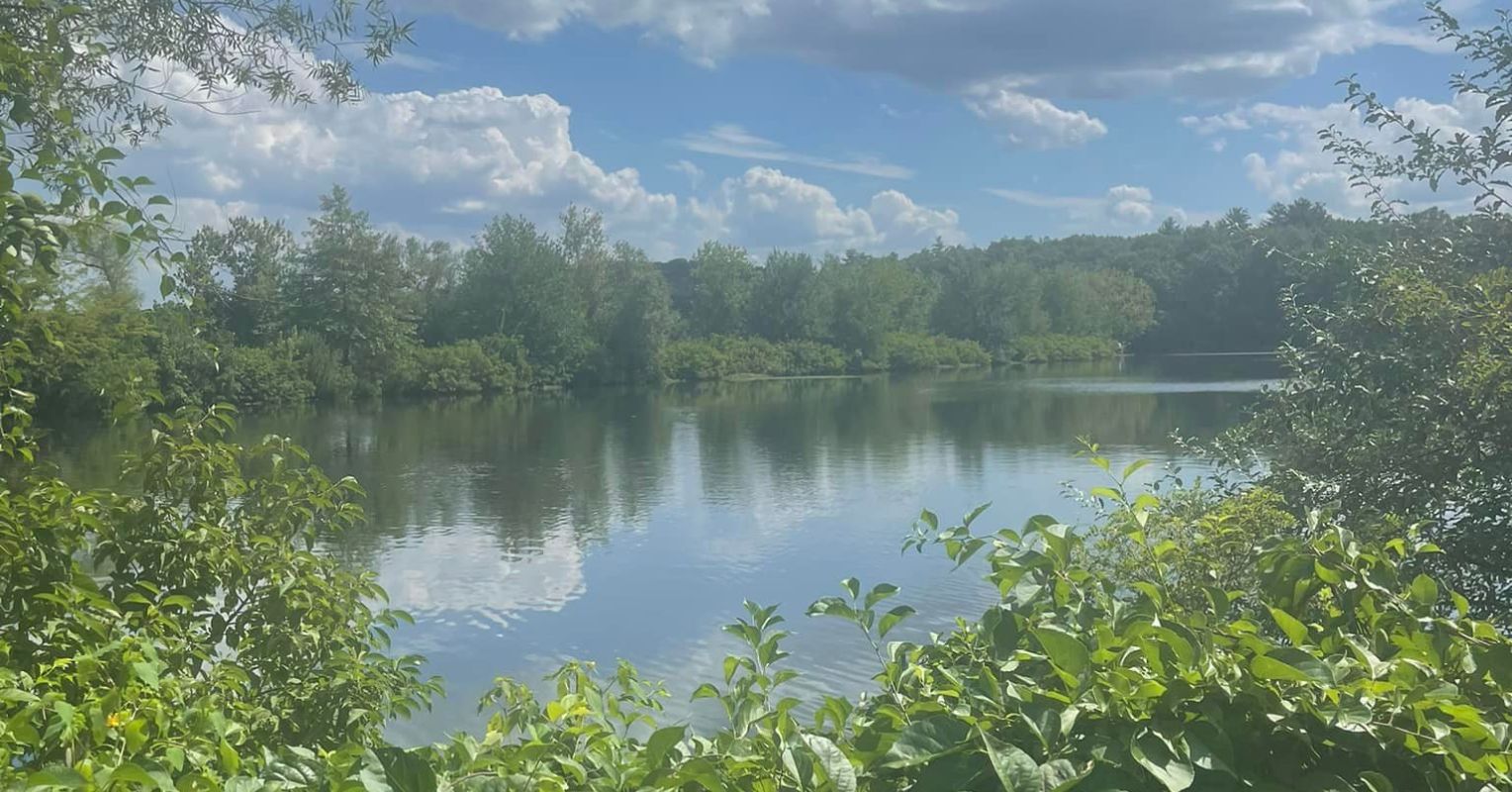Written By Lizabeth Roemer, Ph.D., and Josh Bartok, M.S.
“Whoever you are, no matter how lonely,
the world offers itself to your imagination”
― Mary Oliver
As spring comes to the Northern Hemisphere of our blue-green marble, I feel like the budding flowers and leaves are nature waking up my heart and mind and demanding my attention. And I notice a positive impact on my mood, the breadth of my attention, and my sense of connectedness, even amid fear and grief. In fact, extensive research has documented Mental health and cognitive benefits associated with exposure to nature.
And yet, there often are many obstacles to spending time in connection with nature. Many of us work long hours indoors, live in cities, or find ourselves habitually engaged with our phones or laptops. While technology and industry have provided many benefits to humans, they separate us from the natural rhythm of days and seasons that used to be an anchor to people’s lives and connect us with one another.
Even a brief digital detox (hours or days) from these distractions can be greatly valuable, but we can also benefit from building the habit of shorter, regular practices that connect us to our natural environment. Try the suggestions below, or reflect on other brief practices that may resonate with you. For any practice, bring your awareness to the target, notice when your attention wanders, and gently bring it back to the target with self-compassionate patience, again and again and again.
None of these suggestions are earth-shattering, as it were, but that itself is a reminder of how accessible these practices and connections to the natural world can always be.
Simply look out the window!
Our visual attention is so easily grabbed by our devices or our busy minds that we often don’t notice the changing scenery outside our windows. Even if you can’t get yourself outside to nature, start a practice of spending five minutes a day observing outside from a window that you are regularly in contact with, whether it be in your home, at work, or as a passenger during a bus, train, or car ride.
Take this time away from social media, catching up on email, or whatever typically grabs your attention, and just notice what you see outside. Are there any trees or plants? Are there birds flying by or foraging? Do you see anything growing amidst the concrete around you, clouds hanging fluffily in the sky? Notice the subtle changes that occur day by day as you continue this practice, and remember that you are part of a much larger whole.
Take a brief walk or sit down outside
Find 15 to 20 minutes to take an intentional, mindful walk or sit outdoors daily or a few times a week. If there are green areas that are easily accessible, these can be a good setting for this practice, but you can do it anywhere. During this time, look around and notice trees, plants, flowers, animals, birds, and humans that you come across. When your mind gets caught up in thoughts, judgments, or planning, just notice that and return your attention to observing your environment.
Notice any smells and sounds, in addition to the sights. As judgments and preferences arise, notice them, and continue taking in all that you experience, just as it is. You may notice over time that some familiar sights and sounds change in meaning and associations as you continue to practice.
Pause outside
As you rush from one place to another (home, work, school, the store), pause for a few mindful, embodied breaths before you enter the next building or meeting room. Take a deep breath, feel the sensations in your body as your lungs expand, look around, and absorb the sights, sounds, and smells. Notice how the air feels on your skin and how your feet feel on the floor. Then, having grounded yourself in your body and our shared world, continue with your day.
Consider where your food comes from
When you sit down to eat, reflect for a few moments on where your food comes from, and consider how it comes to you. Did it grow somewhere in soil, nourished by water and sun? Is it from a living being who fed on something that grew in soil, nourished by water and sun?
How did the Earth provide this food for you? How are other beings (farmers, truckers, grocers) involved in the food you’re eating? Can you take a moment to feel gratitude and interconnection?
Bring nature inside
If there are places or things in nature that have been meaningful to you, consider adding images or tokens to your home or place of work that remind you of these places. We have many images and figures of birds in our home, and I also have photographs of birds in my office. I sometimes collect small rocks from some of the places where I feel most connected. These reminders allow me to engage in brief nature practices at any time of day by just looking at them and calling up the associated memories.
Use nature-based images in your sitting mindfulness practice
If you already use sitting practices to build mindfulness, you may want to include imagery from nature in your practice. Jon Kabat-Zinn wrote a mountain meditation practice that guides the listener to bring an image of a mountain into their bodies, imaginally practicing as a mountain, with their head as the lofty peak, their shoulders and arms as the slopes, and their bottom and legs as the firm foundation. This practice helps us to connect to a sense of rootedness, even as the light and weather (and emotions and circumstances) constantly change the surface. Mindfulness of clouds and sky is another nature-based practice you might try.
Try a few of these practices out for a week and notice how they impact you. You may want to add in longer practices as well—find parks, forests, or refuges near you and try spending an hour or an afternoon exploring, having a picnic, or looking for birds (our own preferred practice!). Connecting with nature won’t erase the pain, anger, grief, or anxiety in our lives, but it can help us to build a larger container for it, so that we can more easily respond effectively to whatever difficulties we face.
Josh Bartok is a contemplative photographer and life coach. He is the author of two children’s books and several collections of inspiring quotes.













